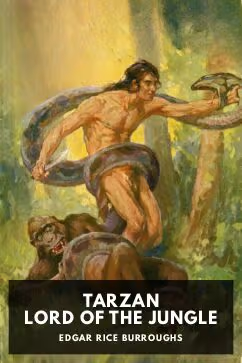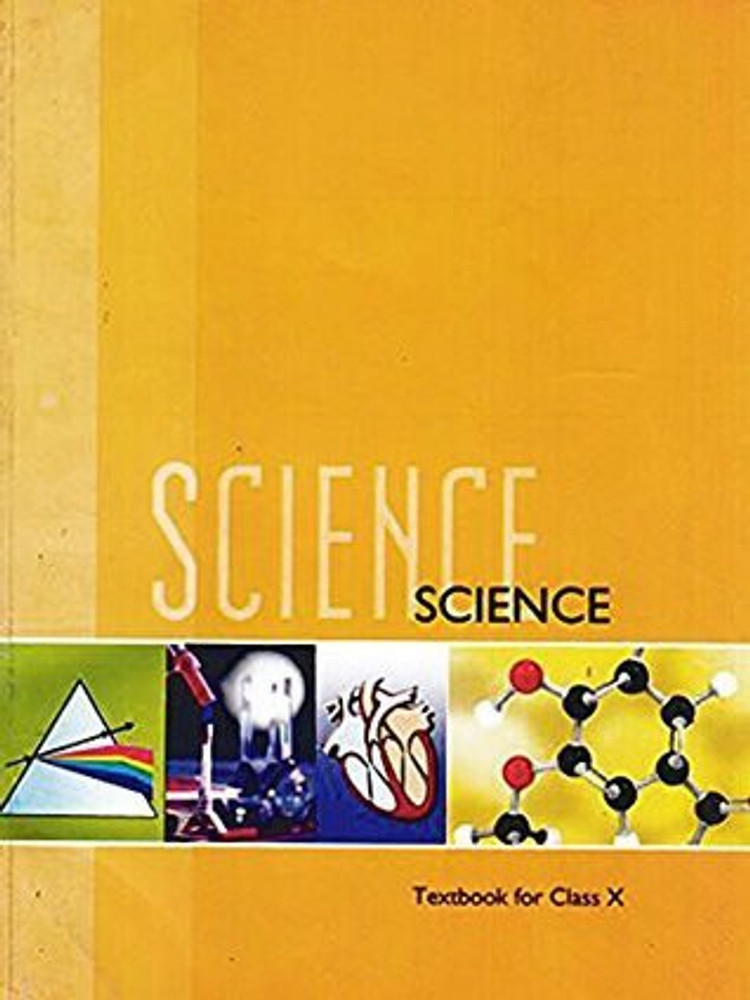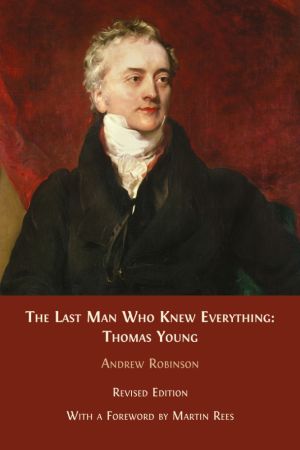Researchers Question Authenticity of Mosasaur Fossil in Morocco Mine
The discovery of a mosasaur fossil in a phosphate mine in Morocco has raised concerns over its authenticity. Initially described in 2021 as a new species, Xenodens calminechari, the fossil included a jawbone and sharp teeth, leading researchers to claim its uniqueness. However, new findings have prompted skepticism, particularly regarding the structure of the teeth, which appear to share a tooth socket—an anomaly for mosasaurs. Experts are calling for CT scans to verify whether the fossil is genuine. The fossil’s provenance, unearthed in an area known for forged fossils, has also been questioned. Researchers urge for further investigation to ensure the integrity of the scientific record and prevent the spread of falsified specimens in paleontological studies

Concerns have been raised over the authenticity of a fossil used to describe a mosasaur species that reportedly existed 72 to 66 million years ago. The fossil, discovered in a phosphate mine in Morocco, formed the basis for the classification of Xenodens calminechari, a marine predator with unique saw-like teeth. The 2021 study that introduced this species is now being questioned by researchers, citing inconsistencies in the fossil's structure and provenance.
Questions Raised About Fossil Authenticity
According to the study published in The Anatomical Record, anomalies in the jawbone and teeth have cast doubt on whether the fossil is genuine. Two teeth were observed sharing a single tooth socket, a feature that contradicts the biology of mosasaurs, which typically have one tooth per socket. Dr. Michael Caldwell, a professor of biological sciences at the University of Alberta, noted that mosasaurs continuously replaced their teeth, leaving individual sockets formed by the surrounding bone. He explained this discrepancy to Live Science, emphasising that the overlap of material around the teeth also suggests potential tampering.
Fossil Provenance Under Scrutiny
The fossil was unearthed in a region known for fossils with forged elements, according to the study. Researchers have advocated for computed tomography (CT) scans to verify its authenticity. However, access to the fossil, held by Nick Longrich, a paleontologist at the University of Bath and lead author of the original study, has proven challenging. Henry Sharpe, the lead author of the latest paper, stated to Live Science that withholding information about a holotype specimen is unethical, as such specimens must be accessible for scientific scrutiny.
Calls for further investigation are growing, with researchers emphasizing the importance of verifying the fossil's authenticity to preserve the integrity of scientific records.













)






























































